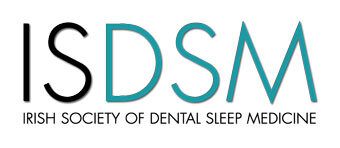Treatment for OSA and Snoring
COAT™ (Continuous Open Airway Therapy)
SomnoDent is a custom-made oral appliance for the treatment of mild to moderate obstructive sleep apnea (OSA). SomnoDent is worn during sleep to provide Continuous Open Airway Therapy (COAT) by moving the lower jaw forward while you sleep to expand the space behind your tongue. This movement tightens the soft tissue and muscles of the upper airway, which prevents obstructive apneas and snoring during sleep.
SomnoDent is proven effective, and has been recommended as a first line of treatment, for people with mild and moderate obstructive sleep apnea, but is also be prescribed to patients with severe OSA who are CPAP introlerant.
The traditional process for beginning treatment is:
Talk to a dentist trained in dental sleep medicine about your symptoms.
Your dentist will order a sleep study (either at home or in a sleep lab), and provide you with the diagnosis afterwards. Take our sleep assessment to see your risk.
If diagnosed with mild-moderate sleep apnea, COAT is an option for you. A qualified sleep dentist will conduct a thorough oral exam to confirm your oral health status, as well as ensure you are dentally appropriate for the device. Dental impressions and a bite registration are required to fabricate the SomnoDent. These items are then sent to SomnoMed where the device is made. Once customized for you, the device will be fitted by the dentist, who will instruct you on how to insert and remove it by yourself, including how to clean and care for it.
Losing Weight
Excess weight can add tissue to the neck that presses and restricts airways, leading to the vibrations that produce snores. People who gain a few pounds every year may develop sleep apnea, but if they gained the weight (for example, from a pregnancy) and then started snoring, losing the weight may help alleviate the snoring.
CPAP
CPAP is worn at night while sleeping, pressure is applied through a tube and mask that covers the nose and mouth. While the majority of patients are prescribed a CPAP machine when they are initially diagnosed with OSA, various studies report CPAP compliance rates at or below 40% at 2 years.
Surgery
A surgical approach may be an alternative to create an open airway. The goal of surgery is to create a more open airway so obstructions are less likely to occur. Surgery can be quite invasive and sometimes worsen the apnea. There are several different surgical procedures with varying degrees of success.
Information taken from somnomed.com with permission.


